Buddhist art during the Ly dynasty (11th–13th century) is considered a pinnacle of Đại Việt’s visual culture, fusing Zen Buddhist philosophy with native tradition, royal artistry with folk expression to form a distinctive and harmonious aesthetic.
The Vietnam National Museum of History has recently opened its exhibition titled Dance of Zen Gate - Buddhist Art of the Ly Dynasty: Heritage and Technology, highlighting the spiritual and artistic heights reached during this period.
Ly dynasty Buddhist art is marked by a graceful yet majestic style, blending solemnity with serenity, divinity with a sense of everyday closeness. Sculptural works from this era include round statues, reliefs, and both low and high-relief carvings that demonstrate refined craftsmanship and sophisticated techniques. The figures are stylized yet natural, with soft lines and balanced proportions.
Ceramic pieces from this era also reflect the deep connection with Buddhist themes. Ly artisans mastered monochrome glazes such as ivory-white, brown, and celadon, often using incised decoration, stamped patterns, and applied motifs. The decorative designs typically include Buddhist iconography such as lotus flowers, intertwined chrysanthemums, phoenixes, dragons, and celestial dancers.
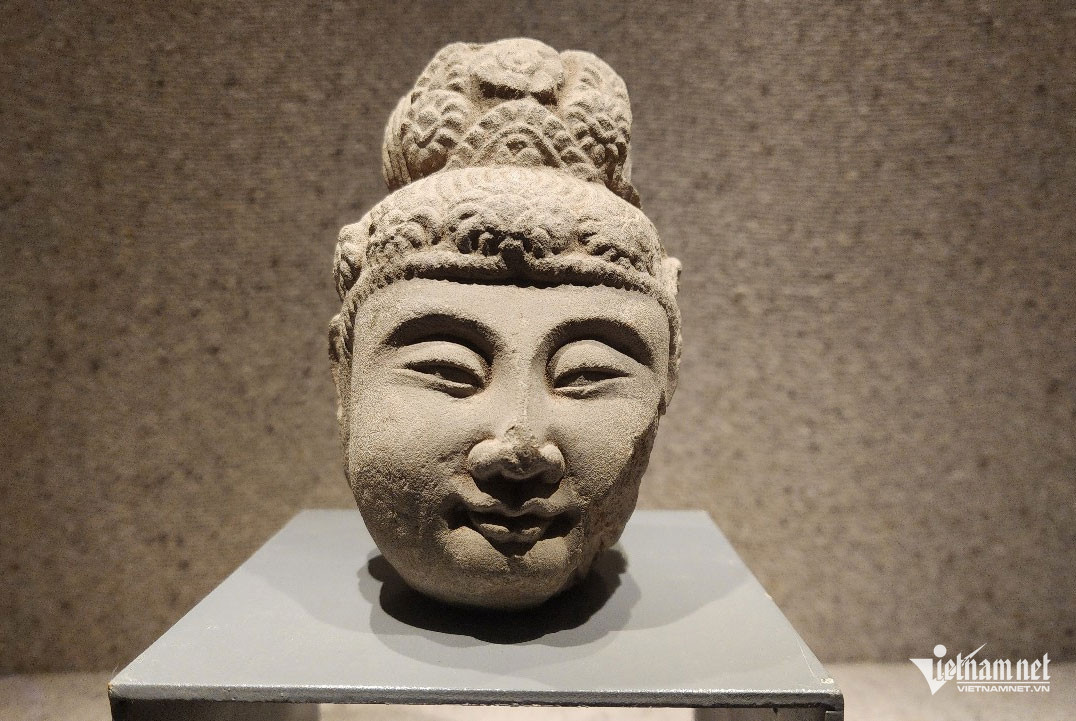
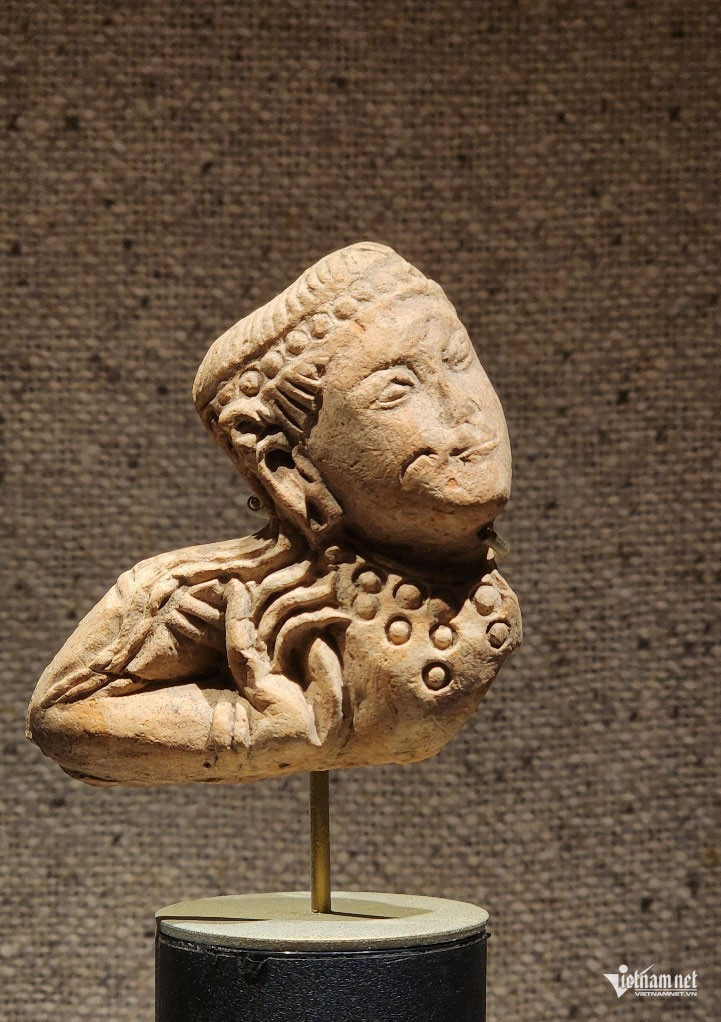
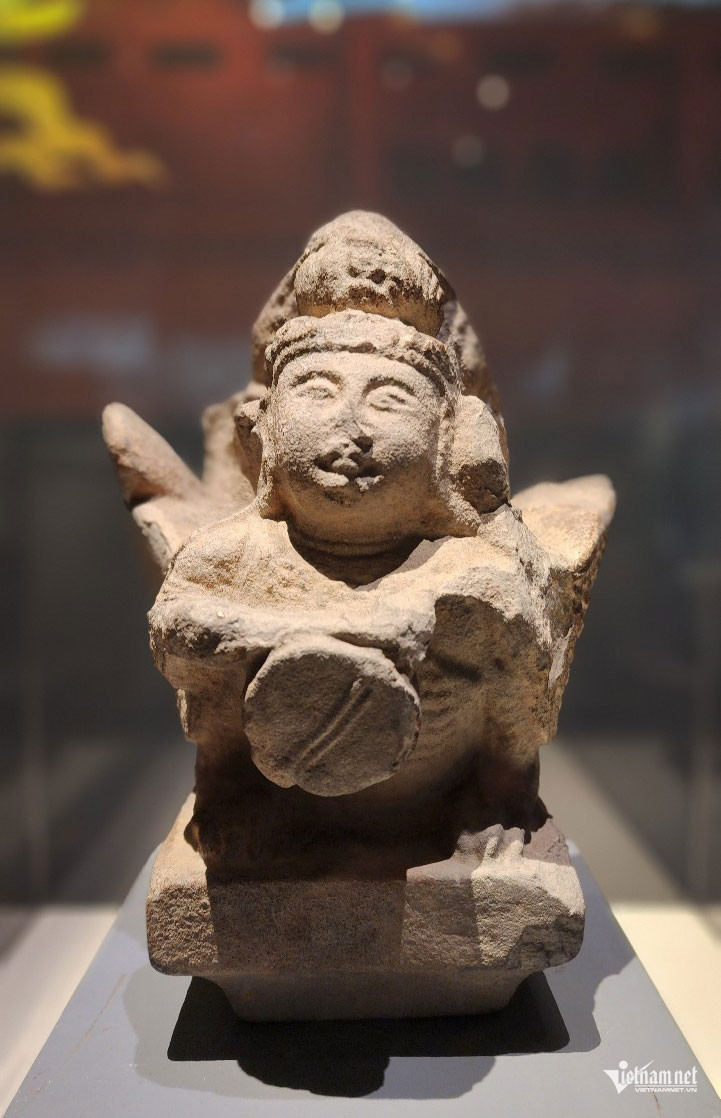
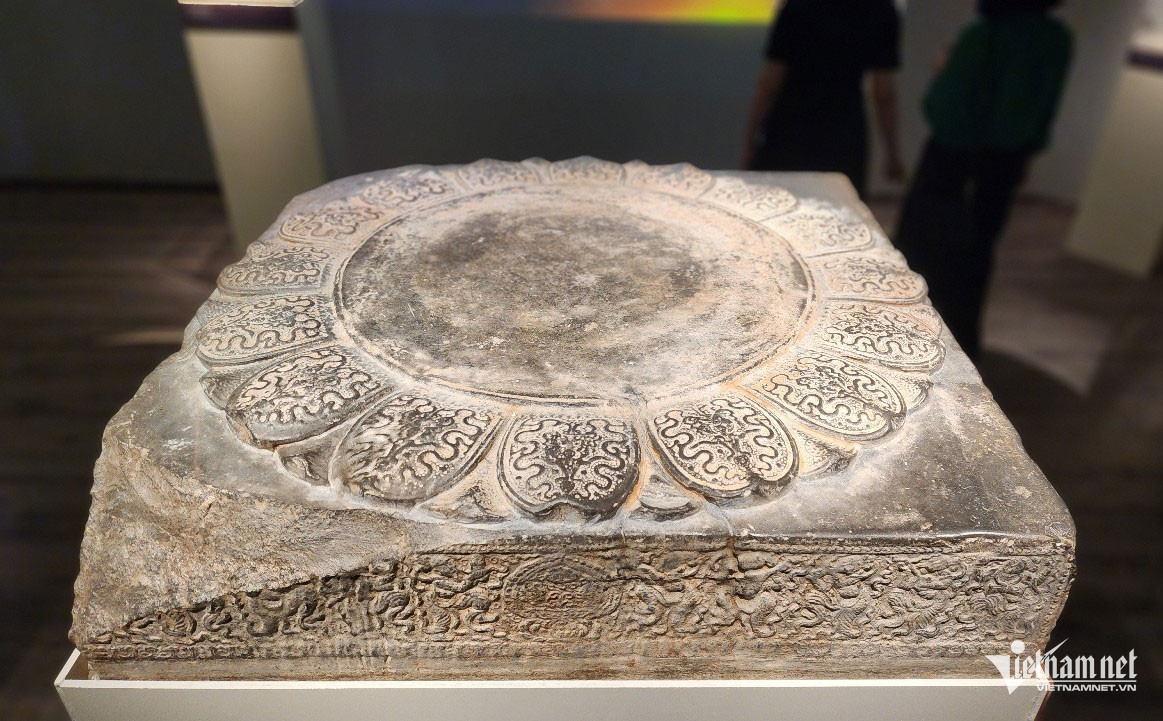
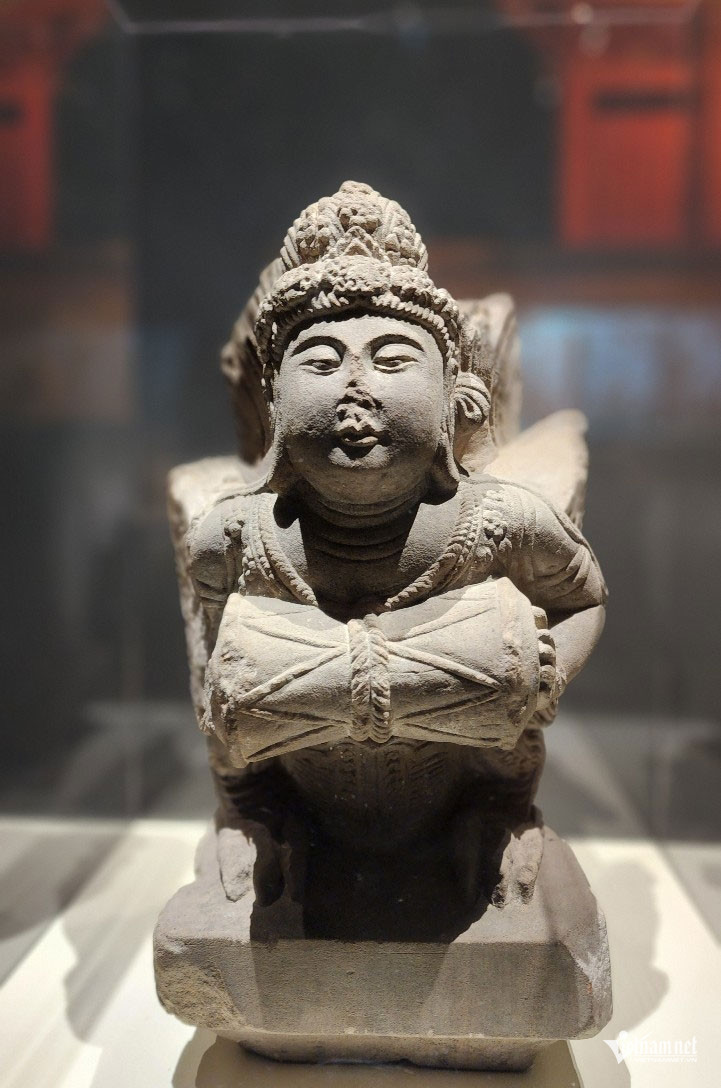
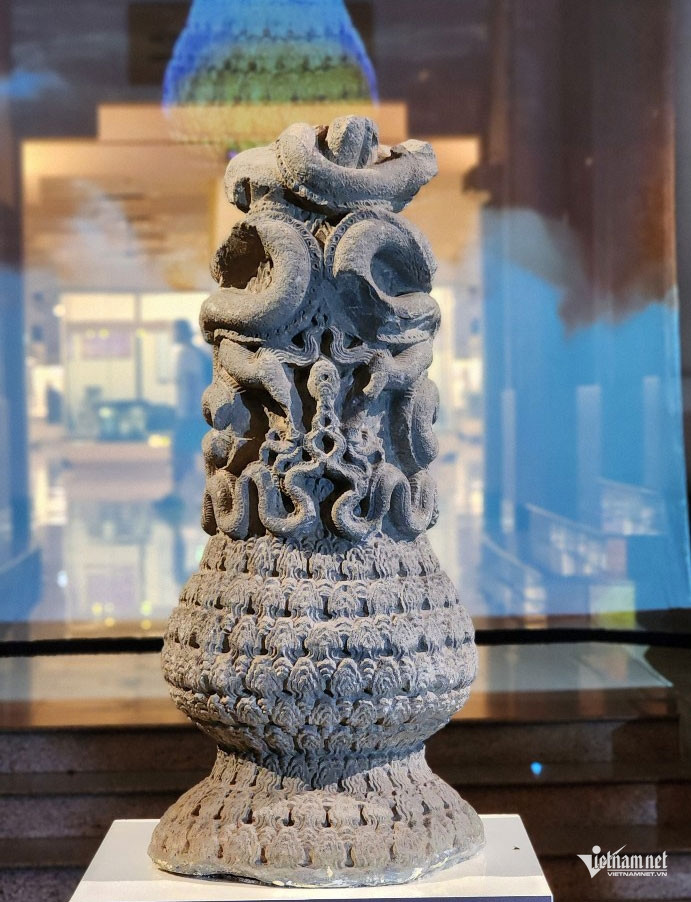
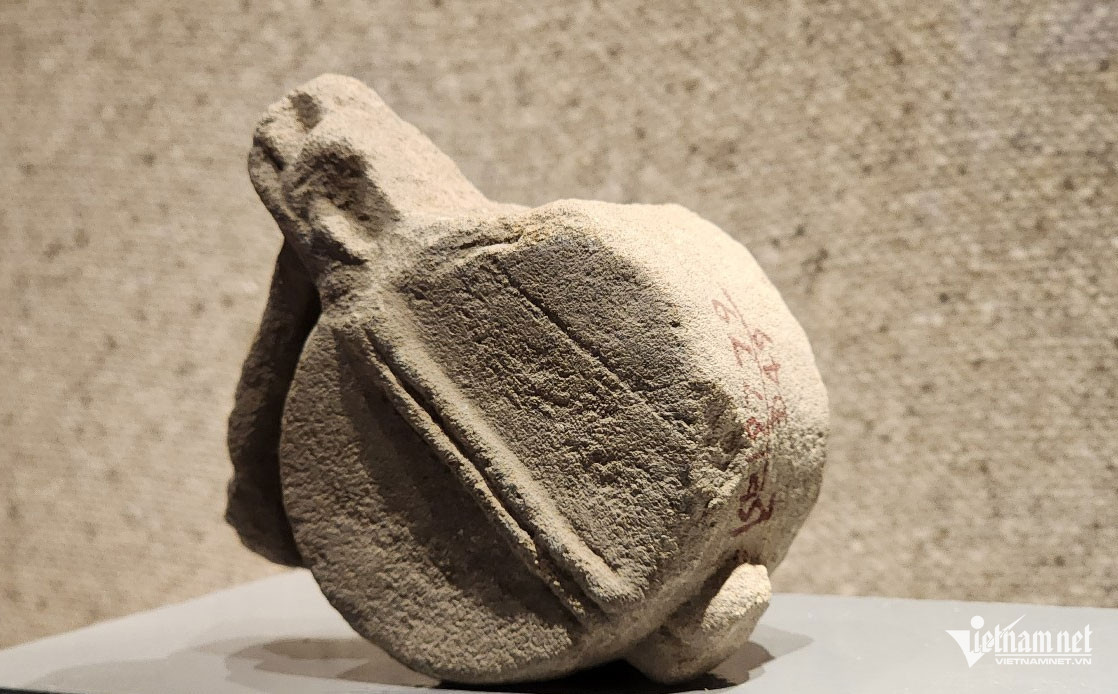
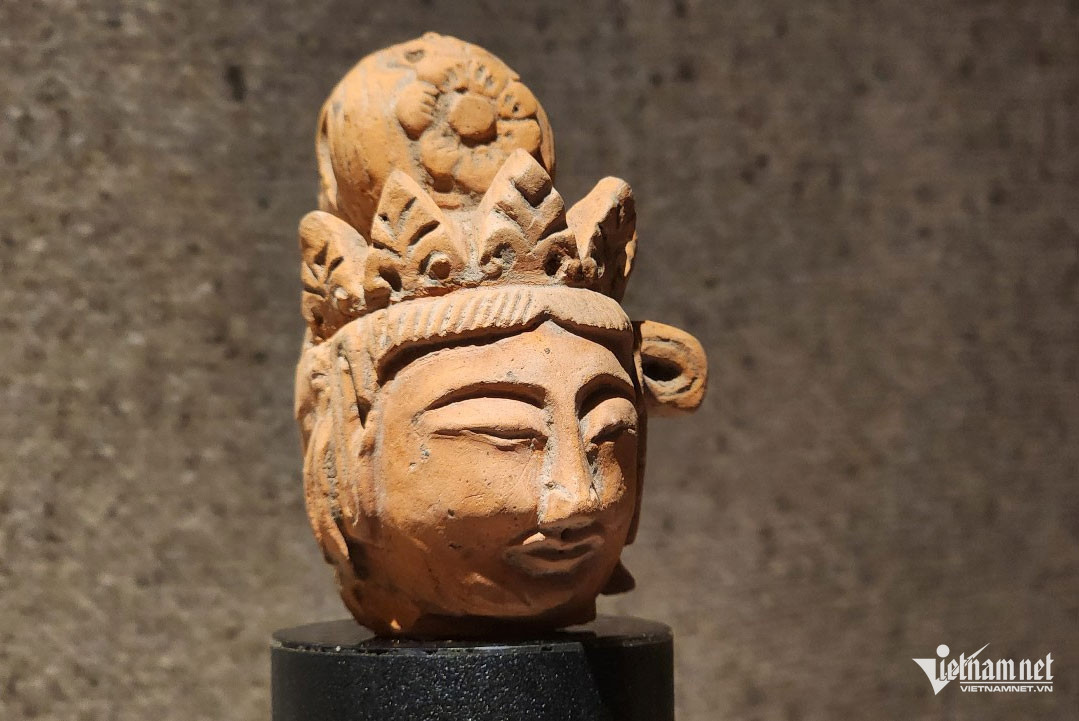
Terracotta sculpture of a celestial maiden’s head.